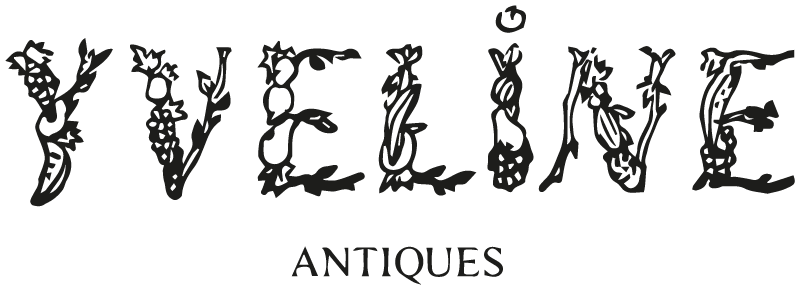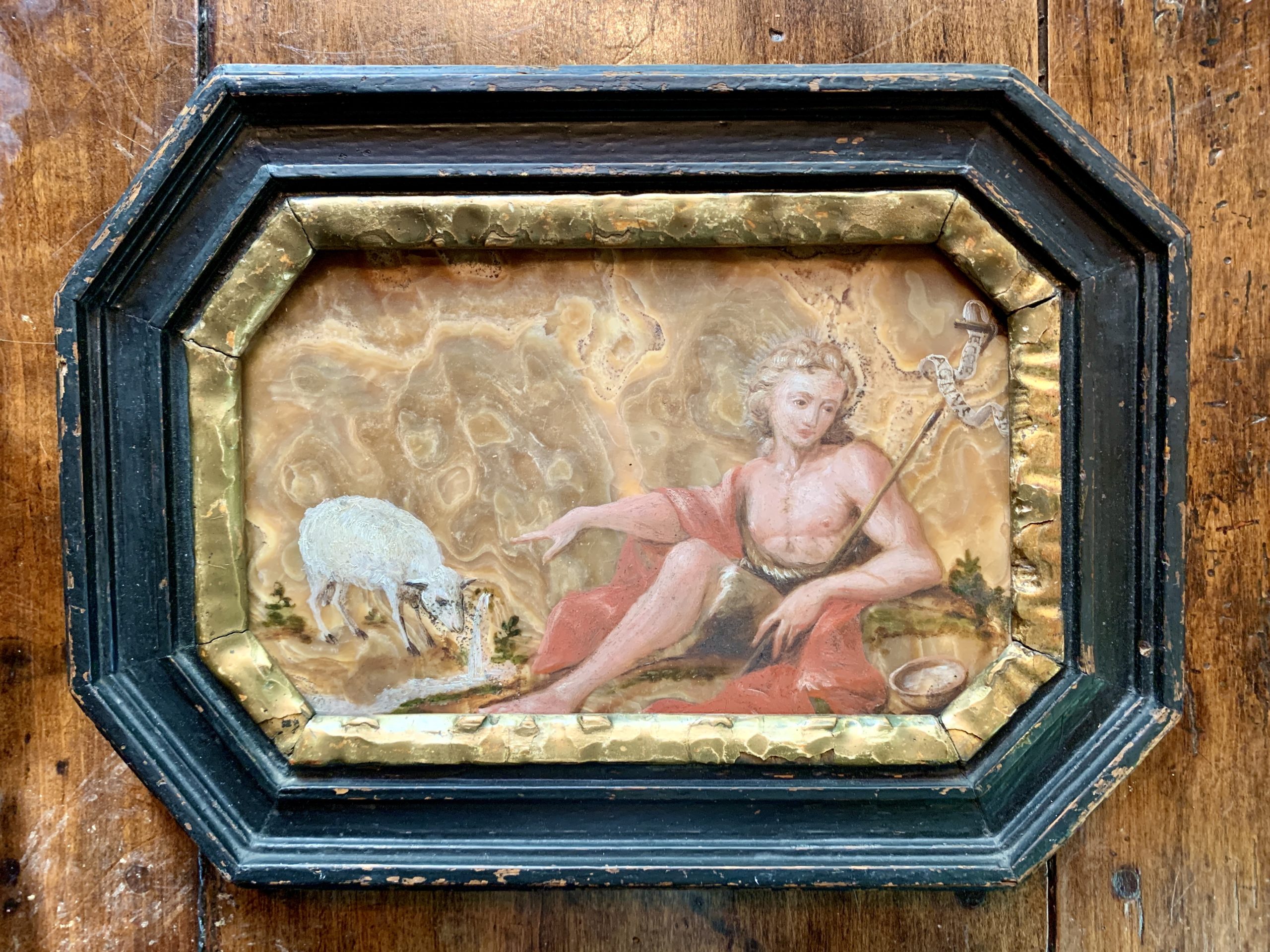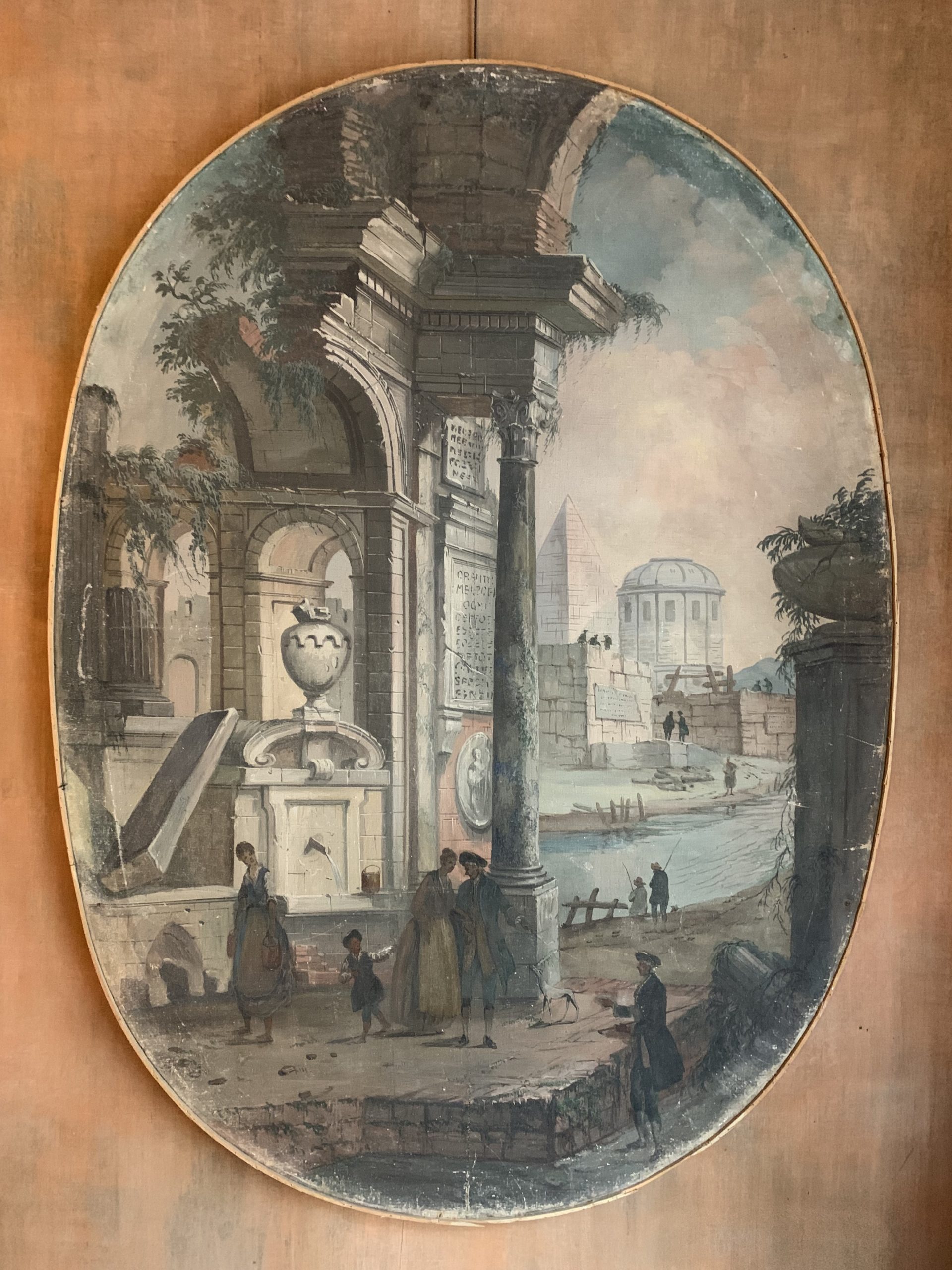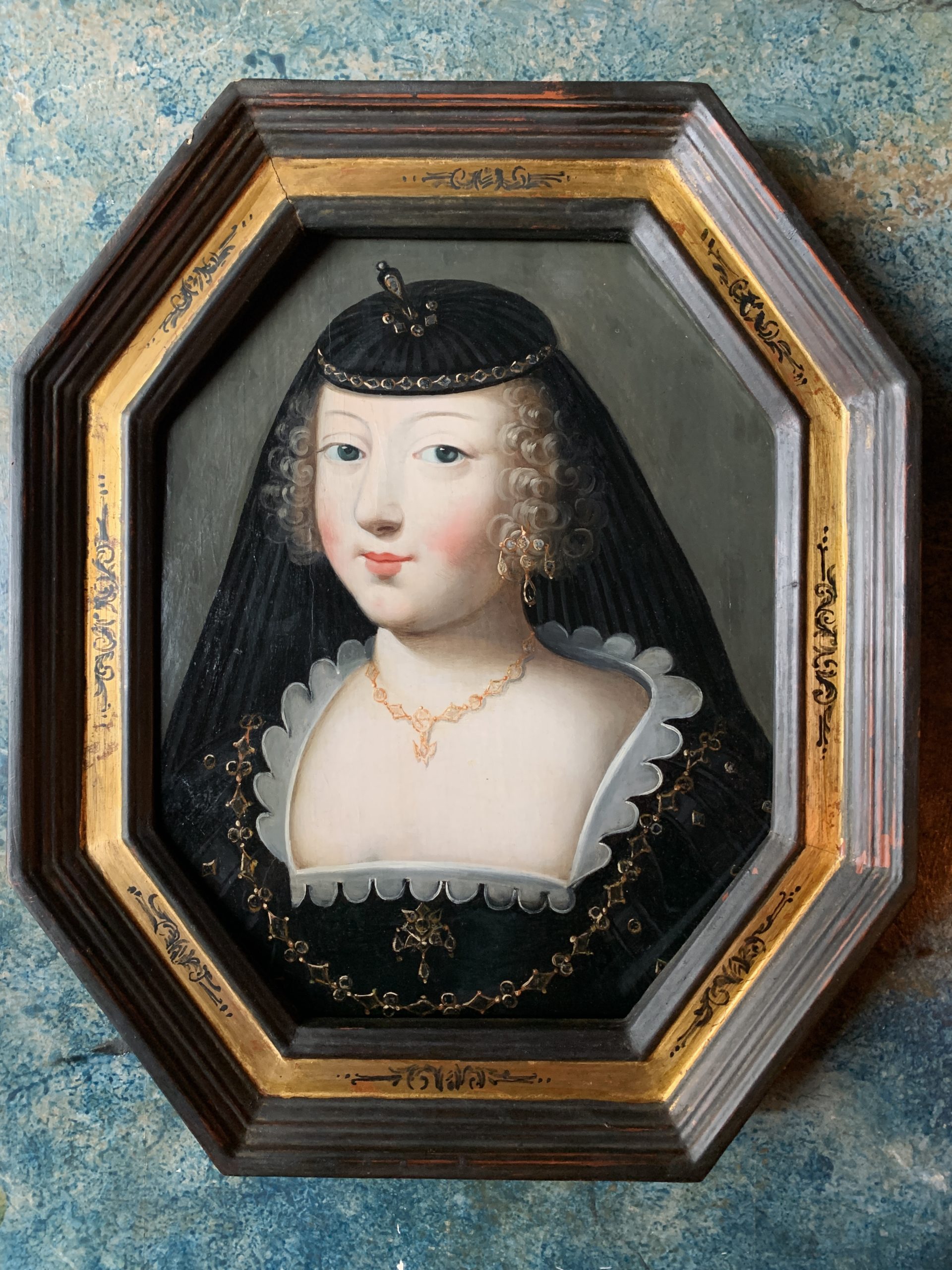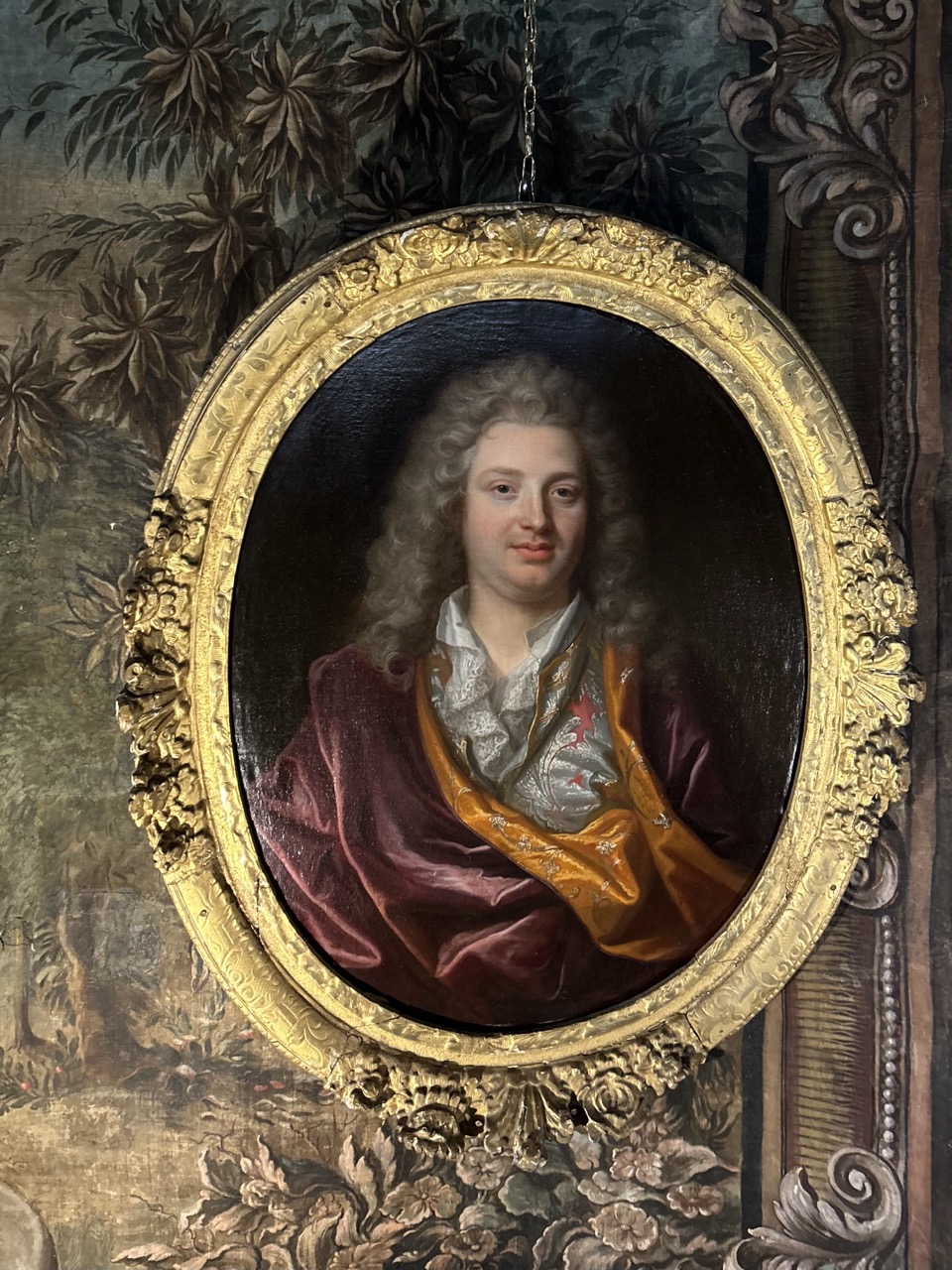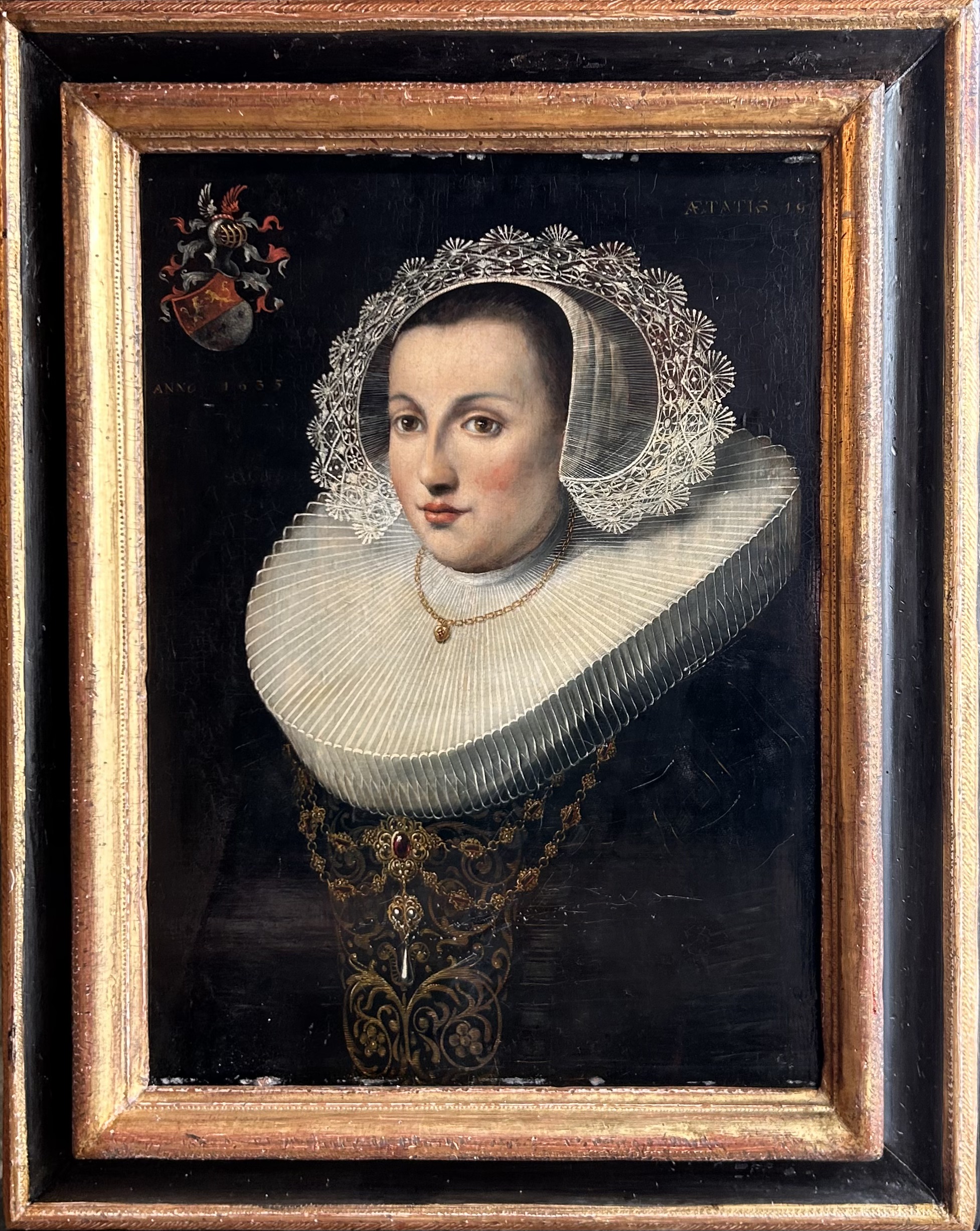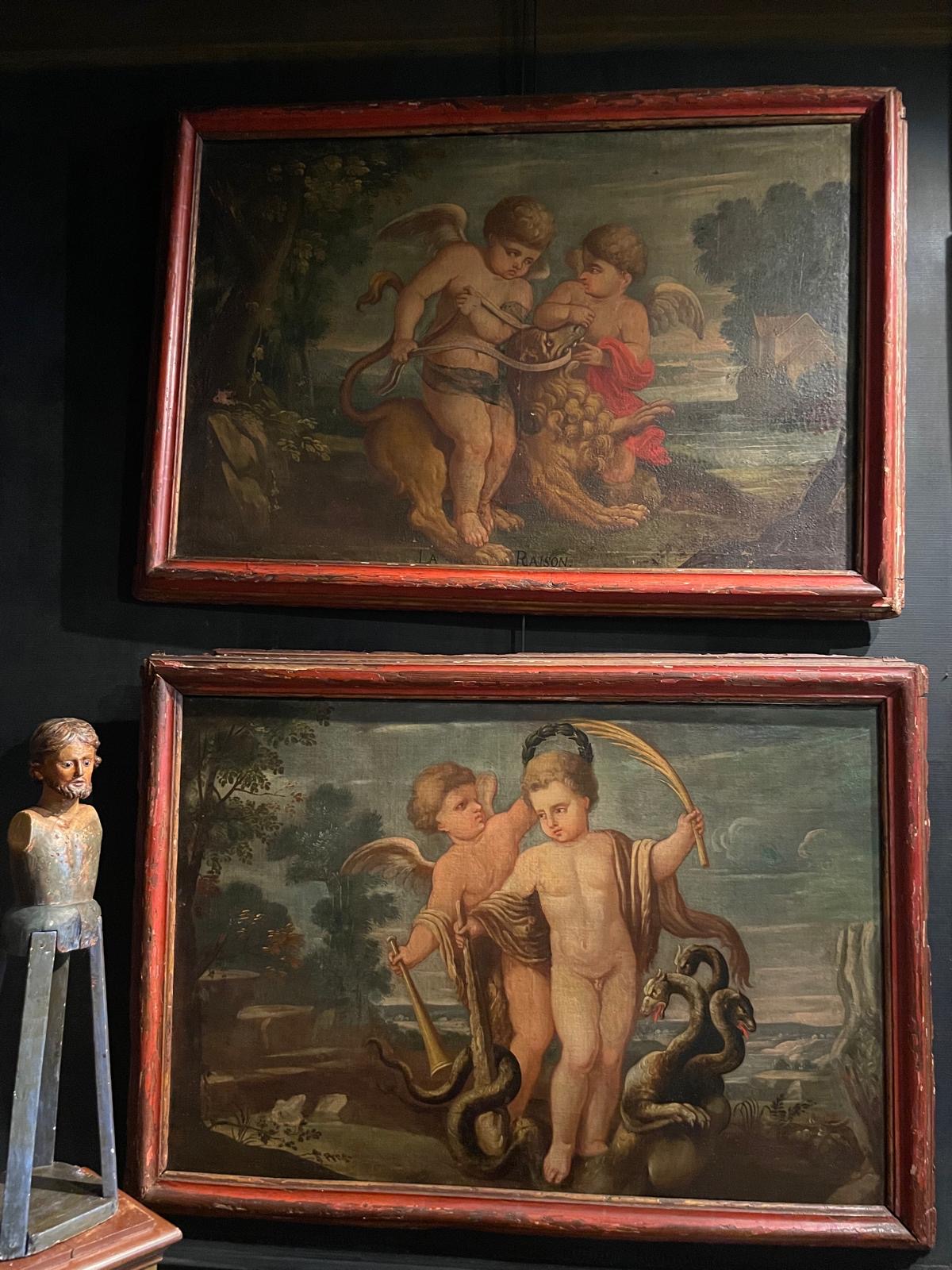Large oil on canvas “Adam and Eve, forbidden fruit”, some charming small repaints of modesty.
The story of Adam and Eve takes its roots in the story of Creation, more precisely in the first chapters of the Book of Genesis. God first creates man, then creates the earthly paradise, the Garden of Eden, which man is responsible for cultivating and keeping. As long as Adam was content to live in a state of perpetual innocence, all his physical needs would be met. Then, God creates the woman from a man’s rib. Adam was delighted to discover his new companion. They were both naked, but their innocence prevented them from experiencing shame or distinguishing good from evil. Both live naked and happy, until the snake tempts the woman to take a fruit from the tree of science. This one eats it, so does the man. Then they both realized that they were naked and ashamed of it. God, having clothed them with the skins of beasts, drove them out of the earthly paradise.
Mannerism then the Baroque introduced in painting a «dialectical light» which allows the narrative, the narrative articulation, which could point to such saint, such object, such sin. This «significant light» has increased the possibilities of contrasts, of chiaroscuro, thus of narrative creating at the same time formidable effects of reliefs. This divine light, that of the omnipresent narrator or the painter deus ex maquina, makes it possible to oppose, within a single stage space. The light can illuminate a character who has not yet committed the fault, but who will soon, like Eve. The light can shift attention to the main character who is Adam, still in the shadow advances towards the light. It allows, especially at the time of the Counter-Reformation, a better religious propaganda through an exacerbation of feelings (sacrifice, anguish, remission, doubt and temptation). The light of God is not everywhere: it illuminates from the upper left without illuminating Adam’s face, the latter turning to Eve, who as the object of temptation is strongly illuminated from above.
The face in the shadows is the key to the painting. Adam in the shadows, facing Eve, modestly anticipates his destiny: that of the redeemer of humanity, the savior who stands between the human race and our heavenly Father, the man who fathered the whole human race. Adam is a creature whose symbolic charge is ambivalent: still pure of sin, Adam is the symbol par excellence of Christ; favored by God, Adam is the symbol of a soul existence for which the existence of the body is not a burden. Saint Paul thus assimilates Christ to the figure of the first man, calling him «new Adam».
Tuscany, Italy
17th century
Height: 181 cm
Width: 128 cm
